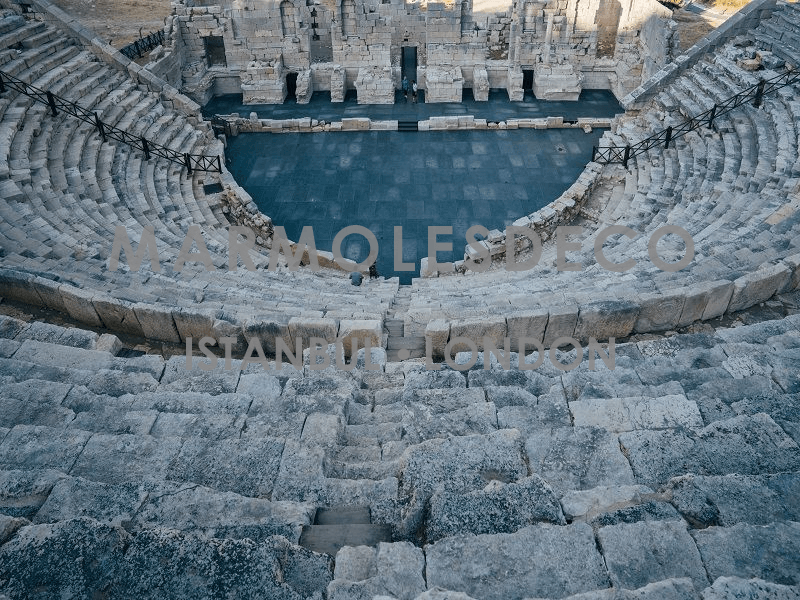The History of Marble in Turkey
Marble, a timeless and elegant natural stone, has been synonymous with grandeur, beauty, and artistic expression throughout history. One country that has a rich and profound association with marble is Turkey. Located at the crossroads of Europe and Asia, Turkey's geological richness has blessed it with abundant marble deposits, creating a legacy of marble craftsmanship that dates back millennia. This essay explores the fascinating history of marble in Turkey, tracing its significance from ancient civilizations to the modern era.
-
Ancient Origins of Turkish Marble: The history of marble in Turkey can be traced back to the ancient civilizations that once thrived on its lands. The region was home to various cultures, including the Hittites, Phrygians, Greeks, and Romans, who all appreciated the beauty and versatility of marble. From intricate sculptures to awe-inspiring architectural marvels, these civilizations utilized Turkish marble extensively for their artistic and structural needs. Notable examples include the Temple of Artemis at Ephesus, the Mausoleum at Halicarnassus, and the stunning Hagia Sophia in Istanbul, which exemplify the enduring legacy of marble in Turkey's ancient history.
-
The Byzantine and Ottoman Eras: With the rise of the Byzantine Empire, marble continued to hold a prominent position in Turkish architecture and art. The Byzantines skillfully incorporated the stone into their religious and palatial structures, adorning them with intricate marble carvings and mosaics. However, it was during the Ottoman era that Turkish marble craftsmanship reached its zenith. The Ottomans were avid patrons of the arts, and marble became a key medium for expressing their imperial grandeur. The opulent Topkapi Palace and the magnificent Sultan Ahmed Mosque (Blue Mosque) in Istanbul stand as enduring testaments to the exquisite craftsmanship of Turkish marble during this period.
-
Turkish Marble Renaissance: The 19th and 20th centuries witnessed a renaissance in Turkish marble as the nation embarked on modernization and industrialization. With advancements in mining and transportation technologies, Turkey's marble industry flourished. New quarries were discovered, and the extraction and export of marble became significant contributors to the country's economy. Additionally, Turkish marble found its way to various international exhibitions, garnering global recognition and demand.
-
Contemporary Turkish Marble Industry: Today, Turkey stands as one of the leading producers and exporters of high-quality marble in the world. Regions like Afyon, Mugla, and Bilecik are renowned for their unique marble varieties, each possessing distinct colors, veining patterns, and characteristics. The industry has grown exponentially, with state-of-the-art machinery and technologies employed to quarry, process, and craft marble into various products for domestic use and international trade.
-
Marble in Modern Architecture and Design: Turkish marble's versatility has ensured its continued relevance in modern architecture and design. From luxurious hotels and commercial spaces to elegant residential buildings, Turkish marble continues to be a preferred choice for its durability, aesthetics, and timeless appeal. Moreover, artists and sculptors still embrace the medium to create breathtaking works of art that bridge the past with the present.
The history of marble in Turkey is a captivating tale of how a natural stone has shaped the country's artistic, architectural, and economic landscape for millennia. From the ancient civilizations that revered it as a symbol of prestige to the modern era where it plays a pivotal role in the nation's economy, Turkish marble remains an enduring testament to the nation's rich cultural heritage and craftsmanship. As time progresses, Turkish marble will continue to adorn structures, inspire artists, and awe beholders, ensuring that its legacy endures for generations to come.






 Online Catalog
Online Catalog